Interest rates: Mortgage prisoners, higher repayments and soaring rents to smash Australians
Interest rates were hiked for the tenth time in a row and it’s not just homeowners set to be smashed, with trouble looming for many people.
A triple threat is headed towards desperate Australians after the Reserve Bank of Australia hiked rates for the tenth time in a row.
While some experts accused the RBA of taking a “sledgehammer” to the economy by pushing rates to a 11 year high of 3.6 per cent – and causing huge pain for homeowners – there is another group of Aussies who are set to be smashed by the move.
Those with a $1 million mortgage will be forking out an extra $156 a month in repayments and $1966 since May but a generation of homebuyers face missing out on falling house prices – and may even be priced out again – because of three dismal factors.
Homebuyers’ borrowing power has been slashed as interest rates rise, while they also battle soaring rents amid a shortage crisis and a strict mortgage buffer remains in place meaning they will be assessed on paying rates that are close to a whopping 9 per cent.
The Australian Prudential Regulation Authority (APRA) has refused to lower its buffer and will continue to insist that banks add 3 per cent on top of the prevailing interest rate when assessing mortgage applications.

The standard variable mortgage rate is now sitting close to 5.5 per cent but as banks pass on the latest interest rise many mortgage rates will float nearer to 6 per cent.
Since rates started rising from their record low of 0.1 per cent in May, buyers have seen their maximum borrowing capacities plummet by 30 per cent, according to PropTrack.
A couple that earned a combined gross income of $150,000 annually with no kids had the potential to borrow $994,000 in March last year, Compare the Market research showed, but now, that same couple can only borrow $800,000 – almost $200,000 less.
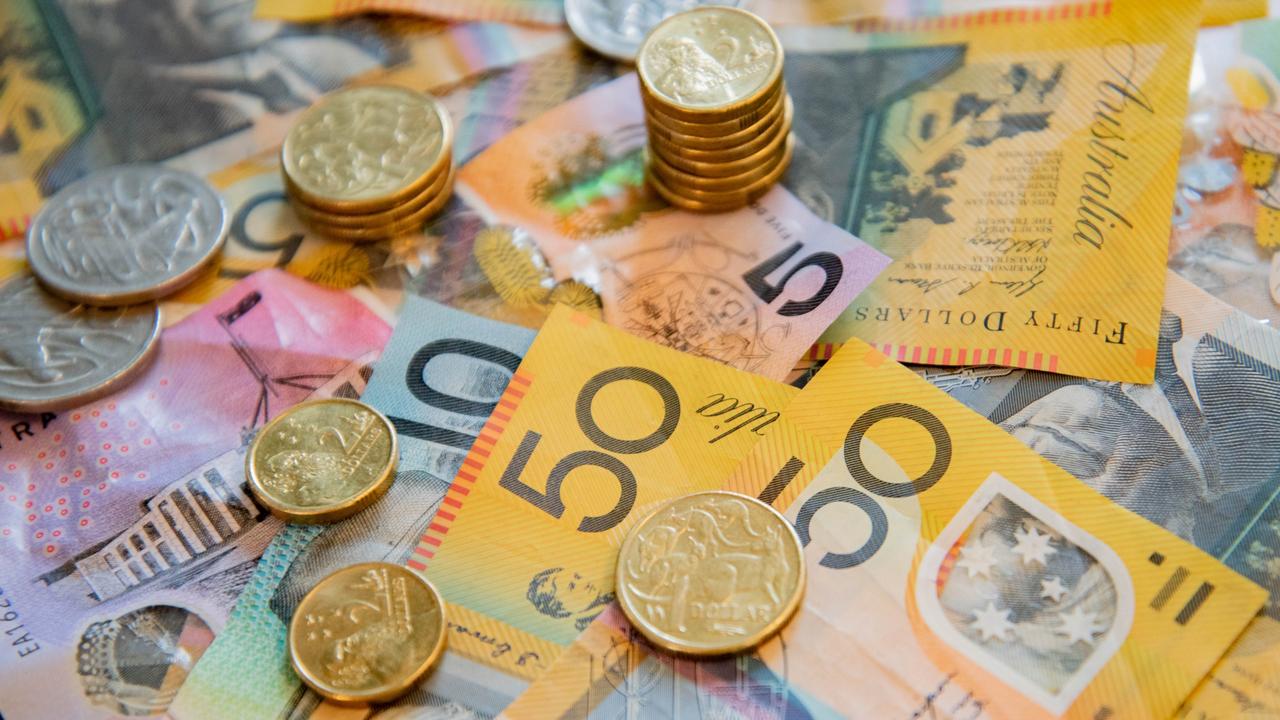
Despite Westpac predicting that house prices will fall a further 8 per cent nationally this year, PropTrack senior economist Eleanor Creagh said sellers are benefiting from a severe drop in new houses being listed to buy.
“The constrained level of properties available for sale has concentrated buyer demand and is putting a floor under home prices to a degree,” she said.
“Tight supply was a contributor to the rise in home prices throughout February, but with additional rate rises on the horizon, borrowing costs will continue to increase and maximum borrowing capacities will be further reduced …
“We’re closer to the peak in interest rate tightening than not and if the Reserve Bank hits pause on its tightening cycle later this year, home prices will likely begin to stabilise as some of the uncertainty buyers have experienced with respect to borrowing capacities and mortgage servicing costs reduces.
“The downward pressure from rate rises will also be countered to a degree by positive demand effects that stem from tight rental markets and rental price pressures, rebounding foreign migration, stronger wages growth, and over the long run, housing supply pressures.”

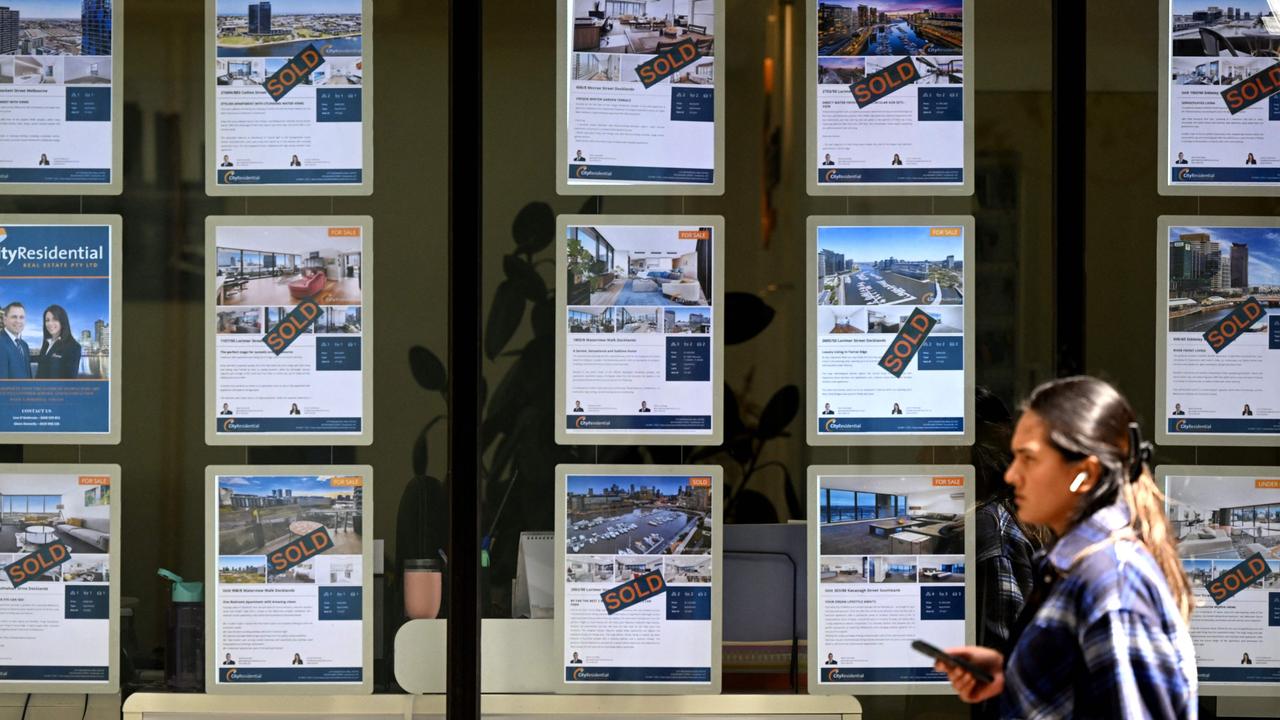
The bad news for renters continues with the number of new housing loans for owner-occupiers and investors falling by 30 per cent and 27 per cent respectively, in December 2022 versus December 2021, according to ABS data.
Experts believe this will put even more pressure on nightmare rental prices as people are forced to continue renting rather than buy a home.
Finder’s head of consumer Graham Cooke said mortgage costs have gone up faster than rental costs.
“This could mean there is a lag yet to hit the already heated rental market,” he warned.
University of Tasmania economics professor Mala Raghavan added there is currently a limited supply of rental properties with a low vacancy rate in the market.
“With fewer Australians buying homes, coupled with the inflow of international students and foreign workers, the demand for rental properties will increase, putting significant pressure on landlords to increase rental prices,” she said.
Almost half of Aussie renters said they struggled to pay their rent in February, according to Finder’s Consumer Sentiment Tracker.
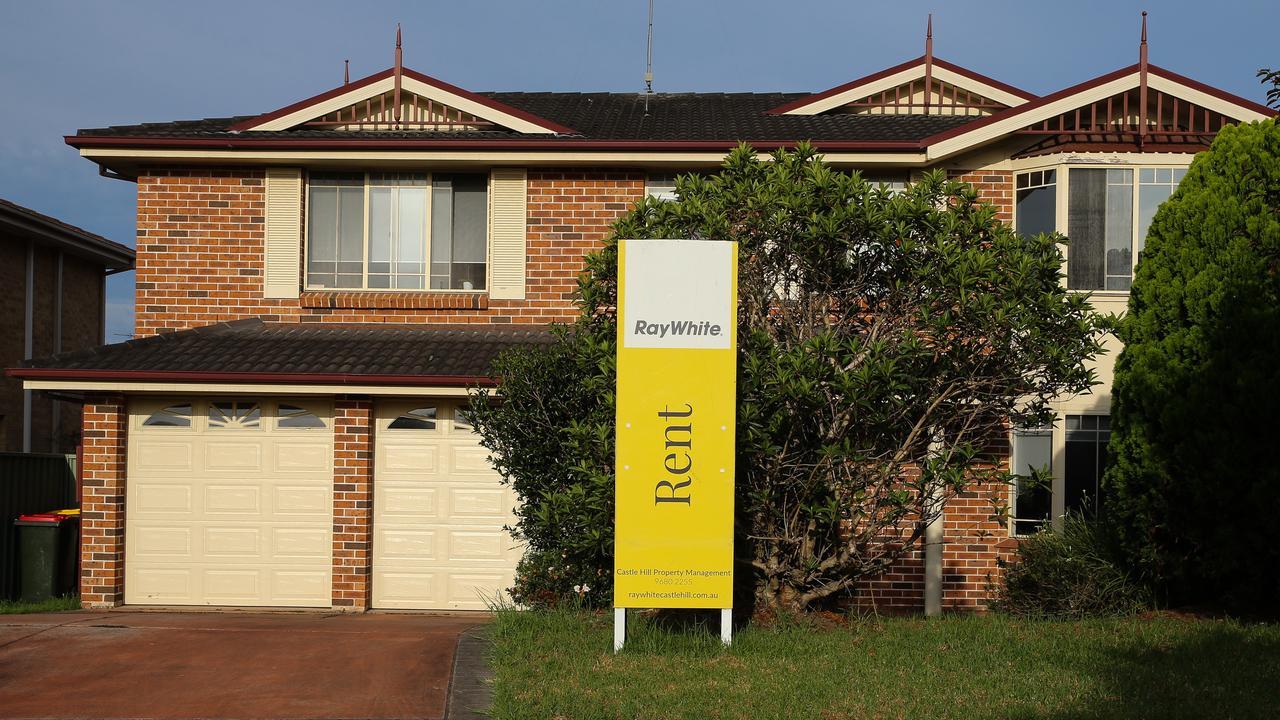
A recent survey released by Australian Property Professionals also found that 70 per cent of Australians “believe it is too hard to buy your first home because of higher rent prices and interest rate hikes”.
Online conveyancing platform Pexa’s chief economist Julie Toth said rising rates were impacting the most affordable part of the market too.
“More than 75 per cent of all property purchases in Australia require mortgage financing (including almost all first home buyers), so this reduction in maximum loan size is directly impacting both the average price and the number of properties that can be settled successfully,” she said.
“Pexa's latest Property Insights Report confirms the ‘affordable housing’ segment of prospective buyers is feeling the pinch the most.
“The largest drop in settlement volumes in 2022 was for properties priced below $500,000. In New South Wales, the number of property settlements priced under $500,000 dropped by 34.8 per cent in 2022 compared to 2021.
“In Victoria, it fell by 7 per cent, while in Queensland it fell by 12.8 per cent. This trend confirms that the effects of rising rates are being felt disproportionately by buyers seeking lower-priced homes, further exacerbating Australia’s pressing need for affordable housing.”
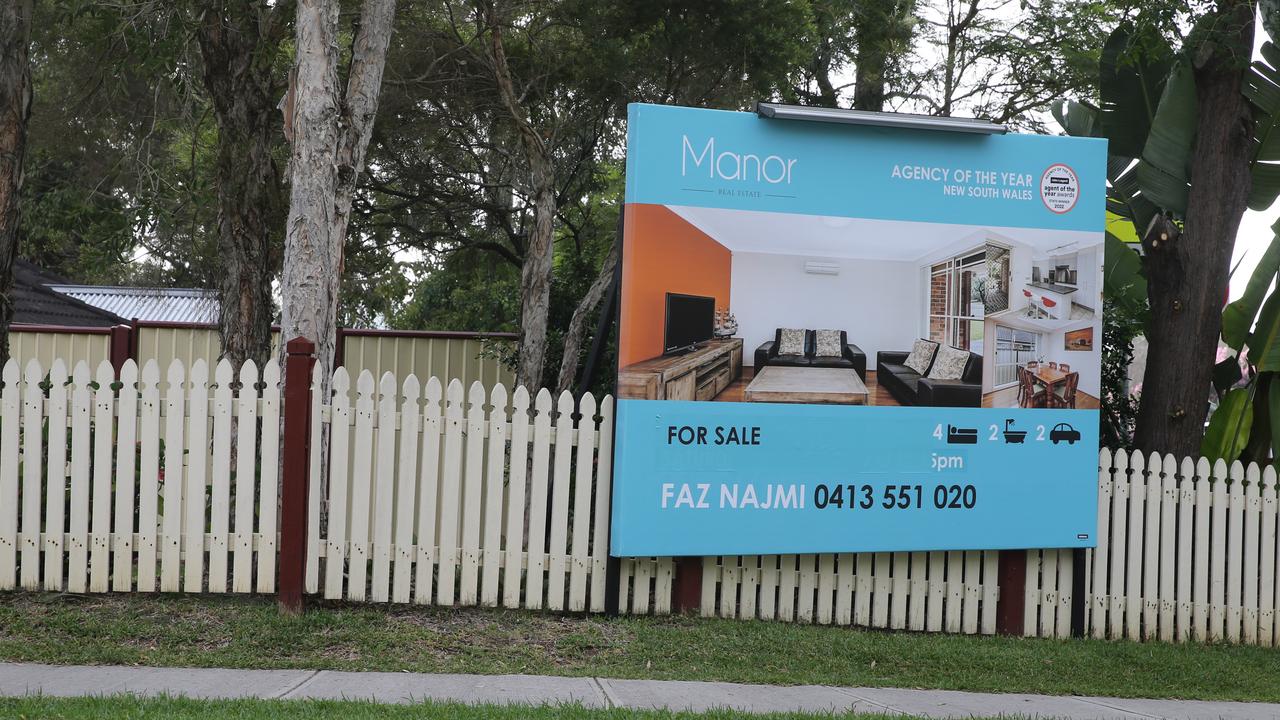
Rents have also skyrocketed by 30 per cent on average in major cities in the past 12 months – eating into people’s ability to save for a deposit – while properties listed for less than $400 per week fell to 17.6 per cent in February 2023 – the lowest it’s been since 2018.
That’s compared to the start of the Covid pandemic in March 2020 when 42.5 per cent of properties listed for rent were under $400 per week, PropTrack research revealed.
Rising mortgage repayments will continue to be passed through to renters, and along with an expected surge in net migration and no solution to the shortfall in supply in sight, there will continue to be upward pressure in rental costs, added Apostle’s portfolio manager Steven Spearing.
Potential housing supply shortages in Australia could still hit as far as 2024 and 2025 as building and development approvals have also eased.
Meanwhile, a whopping 36 per cent of Aussie homeowners said they struggled to pay their mortgage in February, according to Finder’s Consumer Sentiment Tracker, while more than one-in-eight homeowners have missed a monthly mortgage repayment in the past six months.
Homeowners could also be trapped in “mortgage prison” as a result of APRA’s move, according to the Finance Brokers Association of Australia (FBAA).
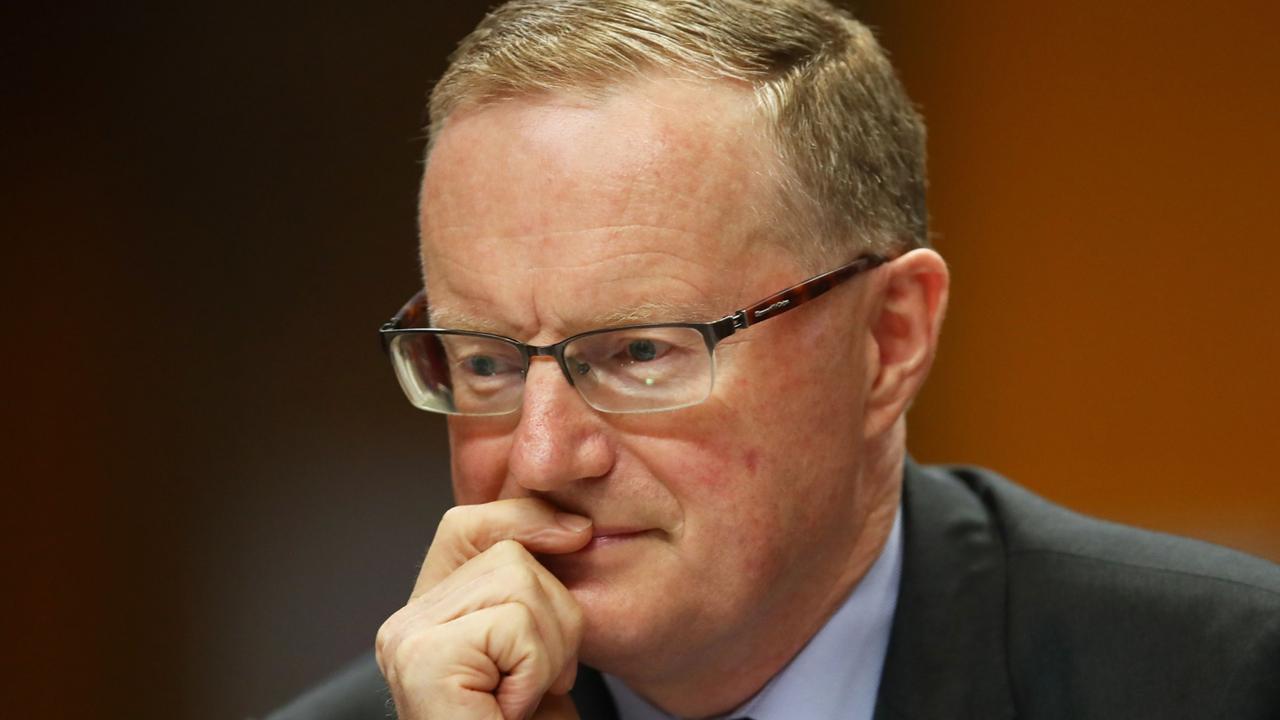
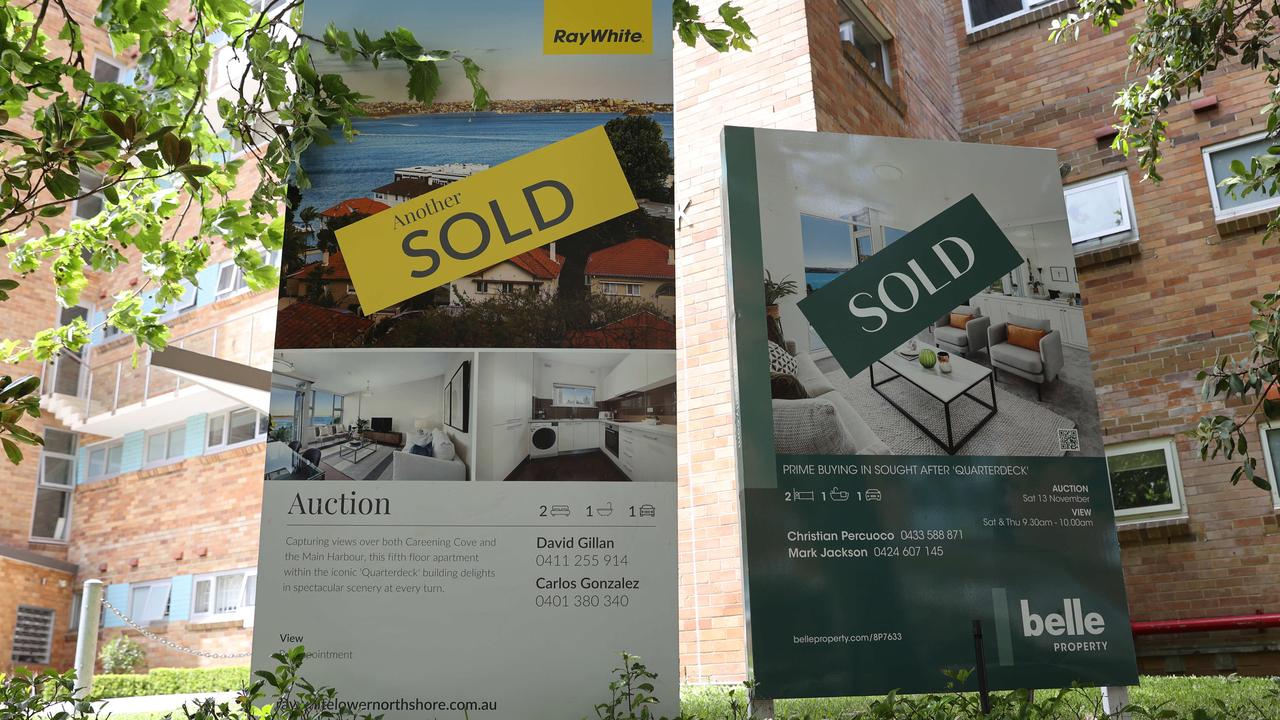
Its managing director Peter White said the buffer – which is added to a lender’s interest rate for loan assessment purposes – means that many borrowers who can afford the interest rate of the day or even a little higher, are being unfairly prevented from refinancing.
“More borrowers are becoming mortgage prisoners locked into a situation where they can’t access a better deal because they don’t meet the inflated assessment rate,“ he said.
“Others may be forced into selling their homes because the excessive buffer rate holds them prisoner to their current lender as rates rise.”
There is also an estimated 120,000 people who are facing negative equity – where their mortgage is bigger than the value of their home – and there are expectations more people will be pushed into this territory with the latest rate rise.
Add to that it’s the RBA’s most aggressive tightening of monetary policy since the 1980s – when households had just over a third of the debt burden they do now – but which ended in recession.
Economists fear Australia could be at risk again as two-in-five people reported some form of financial hardship in the final three months of 2022, according to NAB research.






